Sono Belle Byeonsan (소노벨 변산(구 대명리조트 변산))
10.6 Km 8573 2024-04-07
51 Byeonsanhaebyeon-ro, Byeonsan-myeon, Buan-gun, Jeonbuk-do
+82-1588-4888
Sono Belle Byeonsan offers an amazing view of the sunset over the west sea. The family-oriented hotel provides a comfortable and relaxing stay.
Sono Belle Byeonsan Ocean Play (소노벨 변산 오션플레이)
10.6 Km 17143 2024-04-07
51, Byeonsanhaebyeon-ro, Buan-gun, Jeonbuk-do
+82-1588-4888
Sono Belle Byeonsan Ocean Play is located next to Gyeokpo Beach on Byeonsan Peninsula. This luxurious resort is patterned after Normandy Beach and its European-style architecture. With an ocean view throughout the facility, the water park provides guests with various entertainments including an indoor pool, outdoor wave pool, waterslides, baths, sauna and more.
Gyeokpo Port (격포항)
10.6 Km 16413 2024-04-07
788-15, Gyeokpo-ri, Buan-gun, Jeonbuk-do
+82-63-581-0023
Gyeokpo Port is an important transit point for maritime transportation between the islands of the West Sea, such as Wido Island, Gogunsan Islands, and Hongdo Island. As a fishing port, it is known as the place through which delicious seafood from the clean waters of the West Sea arrives on land. This reputation is evident in the huge crowds of gourmands and tourists who flock to the port for webfoot octopus in spring and gizzard shad in fall. The port hauls large catches of webfoot octopus, cuttlefish, blue crab, monkfish, rockfish, spotty belly greenling, flatfish, gizzard shad, clam, and shellfish, which can be enjoyed in many seafood restaurants near the port. Gyeokpo Port is also known for its beautiful view of the sunset.
Jeokbyeokgang Cliffs [National Geopark] (적벽강 (전북 서해안 국가지질공원))
11.3 Km 19032 2024-04-07
Gyeokpo-ri, Buan-gun, Jeonbuk-do
+82-63-584-0951
The area around Jeokbyeokgang Cliffs features great plant distribution value, including a population of Machilus, a designated natural monument. The cliffs are a great location for geological and ecological educational moments when visiting nearby attractions such as Chaeseokgang River and Gyeokgo Beach. The cliff is mostly composed of pepperlite, a unique rock that forms when volcanic rhyolite and sedimentary shale merge together.
Suseongdang Canola Field (수성당유채꽃)
11.4 Km 0 2024-04-07
252-11 Gyeokpo-ri, Byeonsan-myeon, Buan-gun, Jeonbuk-do
Suseongdang Canola Field refers to the colony of canola flowers that can be found along the trekking course connecting Saemangeum Information Center and Byeonsan Beach. Located near Suseongdang Shrine, the canola field spreads across an area of 32,000 ㎡, and transforms into a field of buckwheat flowers in summer, followed by cosmos flowers in fall, and becomes blanketed with snow in winter. This area is even more popular due to the scenery of canola flowers with an ocean backdrop as Jeju Island is the only other region in Korea to offer such scenery.
Suseongdang Shrine (수성당)
11.5 Km 24708 2024-04-07
54, Jeokbyeokgang-gil, Buan-gun, Jeonbuk-do
Located at the end of Jeokbyeokgang Cliff, Suseongdang Shrine is the only shrine in Korea that is dedicated to the sea god “Gaeyang Halmeoni” (Granny Gaeyang), the deity who rules over the West Sea, and her eight daughters. This is a place that holds rituals for the welfare and safety of fishers. Visitors can also see cairns dedicated to the fishermens’ safety. For tourists, however, this shrine is notable for its canola flowers. In early spring, the road connecting Suseongdang Shrine with Jeokbyeokgang Cliff blooms in yellow canola flowers, creating a beloved view and a premier photo area of the region. It is a recommended spot to see the flowers when visiting Buan in springtime.
Buan Guam-ri Dolmens (부안 구암리 지석묘군)
11.7 Km 7213 2024-04-07
Seoksang-ri, Buan-gun, Jeonbuk-do
+82-63-580-4711
Buan Guam-ri Dolmens, designated as Historical Site No. 103, is comprised of southern-style dolmens. Dolmen refers to a particular structure of a tomb created during the Bronze Age. Dolmen is largely classified into two groups – Southern-type that has small footstones supporting large top stone; and Northern-type which is shaped like a desk. In Guam-ri, there were originally 13 dolmens, but only 10 remain. Most of the dolmens have 8 small footstones propping up one large top stone, compared to the dolmens in other regions which normally have 4 footstones.
Gohyang Sikdang (고향식당)
12.6 Km 14999 2024-04-18
20-3 Jungchon-gil, Asan-myeon, Gochang-gun, Jeonbuk-do
Gohyang Sikdang is a highly recommended restaurant in Gochang known for its grilled eel dishes. Their signature dish is the Pungcheon jangeo yangnyeom gui (Pungcheon grilled marinated eel) seasoned with a sauce made from over 30 kinds of fruits and medicinal herbs, grilled to perfection. Pungcheon eel from Seonunsan is famous for its rich and savory flavor. They also offer other menu items such as jangeo tang (spicy eel stew) and dolsot sanchae bibimbap (hot stone pot wild vegetable bibimbap).
Seonunsan Mountain [National Geopark] (선운산 (전북 서해안 국가지질공원))
12.8 Km 27096 2024-04-07
158-6, Seonunsa-ro, Gochang-gun, Jeonbuk-do
+82-63-560-2699
Seonunsan Mountain is famous for its sunrise views at Nakjodae Overlook and Cheonmabong Peak. The mountain is mostly comprised of hard volcanic rocks, creating a landscape of sharp cliffs softened by the forest vegetation.
Gochang Seonunsa Temple (선운사 (고창))
13.3 Km 37410 2024-04-07
250, Seonunsa-ro, Gochang-gun, Jeonbuk-do
+82-63-561-1422
Seonunsa Temple is known to have been built in 577, the 24th year of King Wideok of the Baekje dynasty. It is the second head temple of Jogye Order in Jeollabuk-do. According to the temple's historical records, it was originally a very large temple with 89 hermitages and 3,000 monks. Today, only four hermitages remain: Dosoram, Chamdangam, Dongunam, and Seoksangam. In addition, the temple is home to 25 prestigious heritages, namely the Forest of Common Camellias, which is designated as ㅁ Natural Monument. A festival dedicated to this forest is held every April.
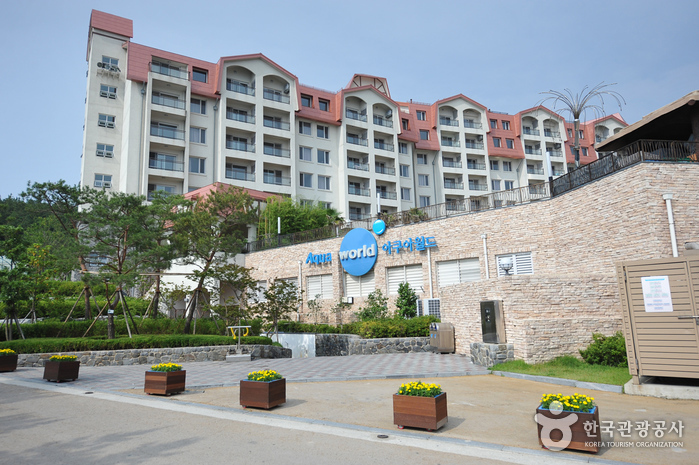
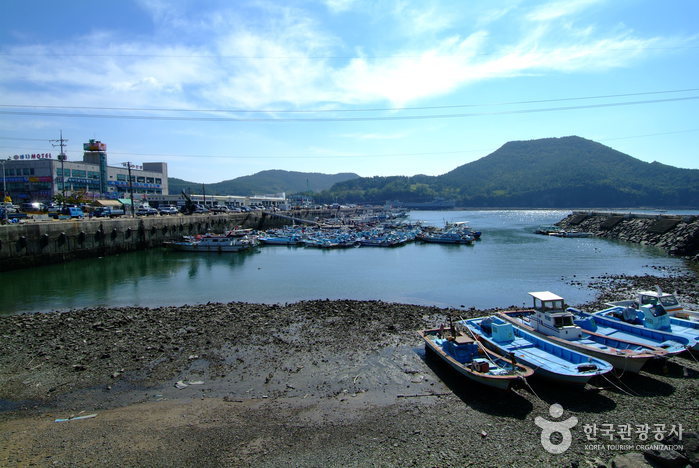
![Jeokbyeokgang Cliffs [National Geopark] (적벽강 (전북 서해안 국가지질공원))](http://tong.visitkorea.or.kr/cms/resource/30/3025630_image2_1.jpg)
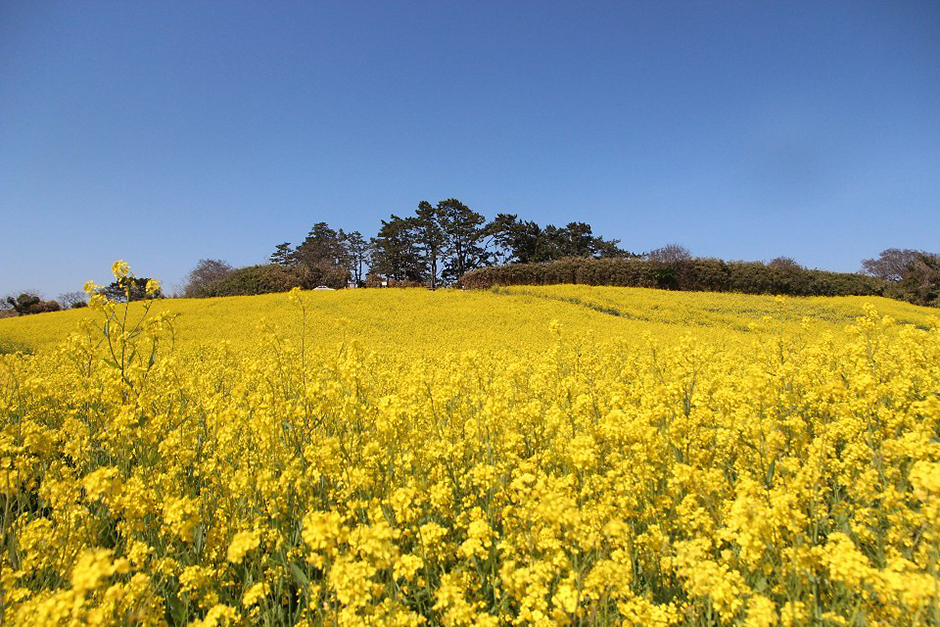
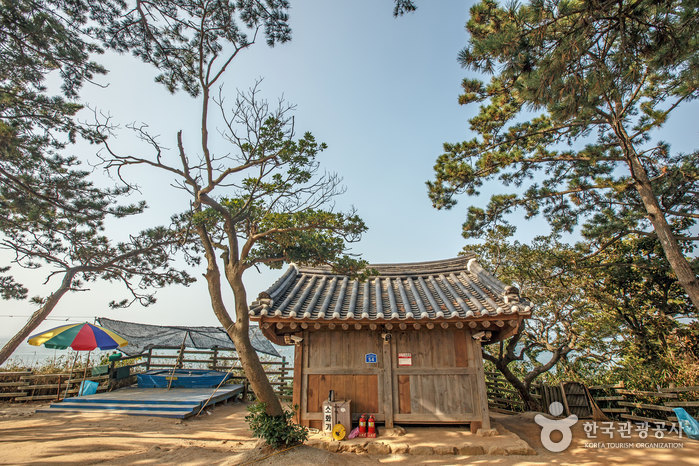

![Seonunsan Mountain [National Geopark] (선운산 (전북 서해안 국가지질공원))](http://tong.visitkorea.or.kr/cms/resource/64/2678864_image2_1.jpg)
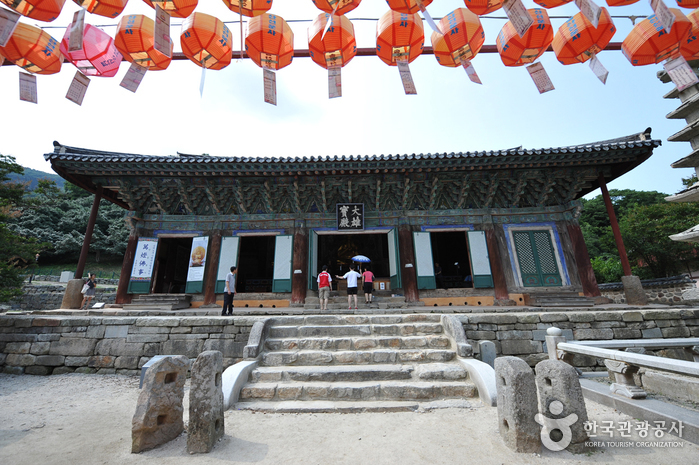
 English
English
 한국어
한국어 日本語
日本語 中文(简体)
中文(简体) Deutsch
Deutsch Français
Français Español
Español Русский
Русский